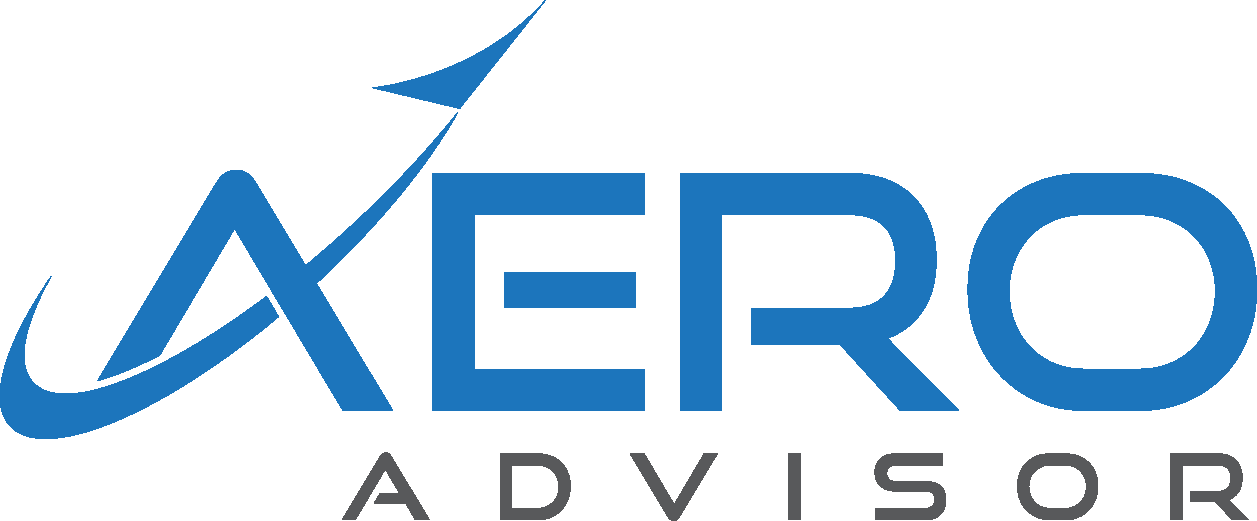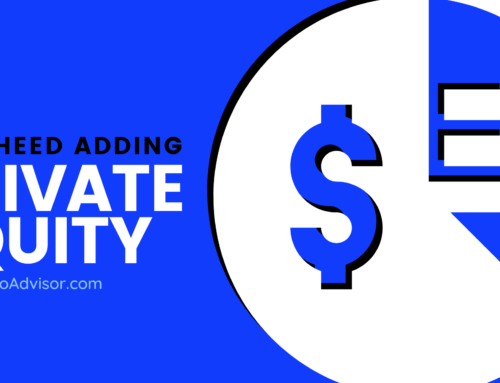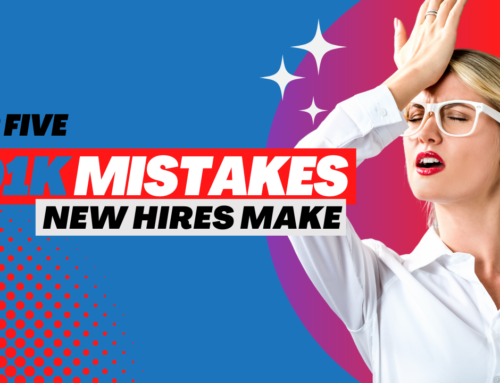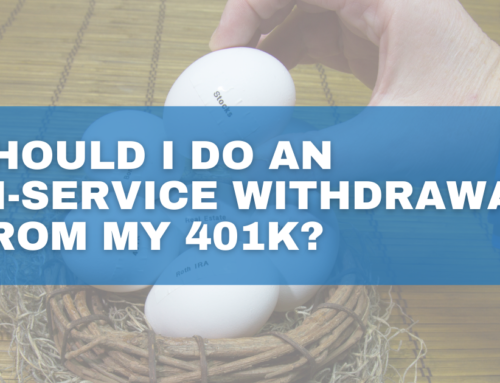Employee Stock Ownership Plans (ESOPs) are a type of retirement plan that allows employees to own a stake in their company. ESOP plans invest primarily in employer stock, and the value of the plan is tied to the performance of the company.
Over time, the value of the employer stock may increase or decrease. This can result in a shift in the weight of the ESOP plan compared to other assets the employee holds. Rebalancing your company’s stock plan is an important part of the process that can help you achieve your retirement goals.
When to Rebalance an ESOP Plan
There are several factors to consider when determining when to rebalance your ESOP plan. Here are some of the most important things you want to consider:
Your Investment Objectives
The investment objectives of the ESOP plan should be the primary factor in determining when to move money in or out of the plan. If your investment objectives are long-term, then the ESOP bucket may not need to be rebalanced frequently. However, if the investment objectives are short-term, then more frequent rebalancing may be necessary. These can vary depending on what company you are working for.
Risk Tolerance
You should also consider your risk tolerance when deciding when to rebalance the plan. If you have a high-risk tolerance, then the plan may not need to be rebalanced as frequently. However, if you tend to be a little more risk-averse, then more frequent rebalancing may be necessary.
Market Conditions
Market conditions can have a significant impact on the value of the employer stock held in the plan. If market conditions are volatile, then more frequent rebalancing may be necessary to help manage risk. For example, if you’re working for a small tech start-up that has an ESOP plan, and the company stock can vary in price drastically in the short-term, a change in the market might affect that stock more than a stock of a blue-chip company.
Diversification
Diversification is important in any investment portfolio, including an ESOP plan. Rebalancing can help ensure that the plan remains properly diversified and does not become heavily weighted in one stock or sector.
Plan Sponsor’s Policy
The plan sponsor may have a policy in place that dictates when the ESOP plan should be rebalanced. It’s important to review the plan sponsor’s policy and follow it accordingly. You need to know what your options are if you want to rebalance.
How to Rebalance an ESOP Plan
Once you determine that an ESOP plan needs to be rebalanced, there are several steps that should be taken:
- See where you are currently at. The first step in rebalancing an ESOP plan is to determine the current investment mix. What percentage of your company plan is influenced by your company stock price? What percentage compared to your overall assets? It’s a good idea to know where you stand.
- Figure out where you want to be. The next step is to decide what percentage of your employer plan you want in employer stock. As a general rule, you don’t usually want more than 5-10% of your net worth in one company’s stock. It’s also good to remember that you are not only depending on your income from your employer but also the funds in your ESOP plan.
- Rebalance as necessary. You’ll need to exchange shares in your ESOP and pick out where you want those funds to go after according to your desired investment mix.
- Monitor the Plan. After the plan has been rebalanced, it’s important to monitor your employer plan regularly to ensure that it remains in line with your investment objectives and risk tolerance. If something changes in your financial picture or with your employer, it’s a good idea to make sure you’re still on the same page with your objectives as well.
Other Thoughts on Rebalancing your ESOP Plan
Making changes to your ESOP is an important process that can help your retirement nest egg stay on track. There is no one-size-fits-all approach to an ESOP plan. The timing and frequency of rebalancing will depend on a variety of factors.
A financial advisor can help you develop a rebalancing strategy that is appropriate for the specific ESOP plan. Depending on the plan, there also may be tax implications to rebalancing your ESOP plan. It’s also a good idea for employees to work with a tax professional to understand the tax implications of any changes to the ESOP.
Have questions about your company stock plan or how it fits with your financial objectives? Feel free to email me at Brian@TheAeroAdvisor.com.
Check out other articles related to ESOP Plans by clicking HERE.
Can't find what you're looking for on our website? Have a question regarding your financial picture? Want to leave us some feedback? We would love to hear from you. You can email me at Brian@TheAeroAdvisor.com or fill out the form below.
By submitting this form, you are consenting to receive marketing emails from: . You can revoke your consent to receive emails at any time by using the SafeUnsubscribe® link, found at the bottom of every email. Emails are serviced by Constant Contact
This article was prepared by Brian Ruff, CFP®.
LPL Tracking #503274-2
LPL Tracking #459347 for related blog post.







